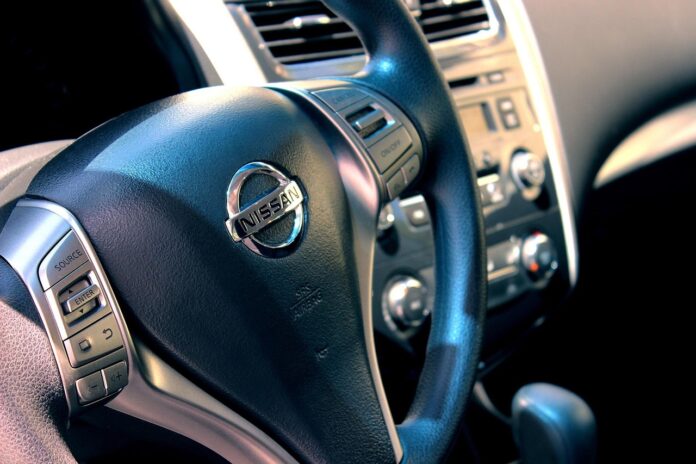Ohio Teen Driver Rules: Must-Have Guide to Safer, Best Practices
Navigating the road to independence is an exciting milestone for many teenagers in Ohio. However, it also comes with a significant responsibility — understanding and adhering to Ohio teen driver rules. These regulations are designed not only to ensure legal compliance but also to promote safer driving habits, helping young drivers build confidence while minimizing risks on the road. This guide covers everything you need to know about Ohio’s teen driver laws and best practices for safe driving.
Understanding Ohio Teen Driver Rules
Ohio’s graduated driver licensing (GDL) system is structured to gradually introduce teenagers to driving privileges, starting from learning behind the wheel to gaining full driving independence. The GDL is divided into three key stages:
1. Temporary Instruction Permit Identification Card (TIPIC)
2. Probationary Driver License
3. Full Driver License
Each stage comes with specific restrictions and requirements aimed at cultivating safe driving behaviors.
Temporary Instruction Permit Identification Card (TIPIC)
The starting point for any teen driver in Ohio is obtaining a Temporary Instruction Permit Identification Card, often called a learner’s permit. Teens must be at least 15 years and 6 months old to apply. Before obtaining the permit, applicants are required to complete a state-approved driver education course.
Once granted, the TIPIC allows teens to practice driving but only under supervision. The supervising driver must be at least 21 years old with a valid driver’s license and should be seated in the front passenger seat. This rule ensures that the teen has guidance and oversight during these critical early driving experiences.
Probationary Driver License
After holding the TIPIC for at least six months and completing 50 hours of supervised driving (including 10 hours at night), teens may apply for their Probationary Driver License at age 16. This license permits unsupervised driving but imposes some important restrictions.
One key Ohio teen driver rule during this period prohibits any passengers under 18 for the first six months, except for family members, without an adult supervising driver. This passenger restriction aims to minimize distractions for new drivers. Additionally, driving is not allowed between 12 a.m. and 6 a.m. unless essential (e.g., work, school activities).
The probationary period lasts until the driver reaches 18 years old or completes at least 12 months without any convictions for certain traffic violations.
Full Driver License
Once teens have successfully navigated the probationary phase, they become eligible for a full, unrestricted Ohio driver’s license at age 18. At this point, all special restrictions are lifted, marking full driving independence.
Tips and Best Practices for Safer Driving
Adhering to Ohio teen driver rules is crucial, but cultivating good habits and implementing safe practices will further enhance your teen’s safety behind the wheel. Here are some must-know tips for young drivers:
Always Buckle Up
Ohio law requires every driver and passenger to wear a seatbelt, regardless of age or seating position. This is a simple yet vital practice to reduce injuries in case of a collision.
Limit Distractions
Distracted driving is one of the leading causes of accidents among teens. Ohio teen driver rules on passenger limitations reflect this concern. Teens should avoid phone use, eating, or anything else that diverts their attention while driving.
Consider using smartphone apps that block incoming text notifications or enable “Do Not Disturb” modes while driving.
Practice Defensive Driving
Defensive driving means anticipating potential hazards, maintaining safe following distances, and always obeying traffic laws. Encourage teens to remain calm and patient on the road, avoiding aggressive maneuvers or risky behaviors.
Avoid Driving Under Influence
This rule goes without saying but bears repeating — Ohio has zero tolerance for underage drinking and driving. Even the smallest amount of alcohol can impair judgment and reaction time. The consequences of violating this rule are severe and can include license suspension, fines, and even criminal charges.
Consequences of Violating Ohio Teen Driver Rules
Understanding the potential penalties associated with breaking teen driver laws is important to maintain safe conduct on the road. Common consequences include:
– License suspensions or revocations
– Fines and court fees
– Mandatory driver improvement programs
– Increased insurance premiums
For example, a violation during the probationary license period, such as driving with unauthorized passengers or curfew violations, could reset the probationary period or delay the issuance of a full license.
Resources for Teens and Parents
Ohio offers many resources to help teens and their families navigate these laws and develop good driving skills:
– Ohio Bureau of Motor Vehicles (BMV): The official website provides detailed information on licensing requirements, handbooks, and testing schedules.
– Driver Education Programs: Enroll in state-approved courses that combine classroom learning with behind-the-wheel training.
– Parent-Teen Driving Agreements: These can help set clear expectations and consequences regarding driving behavior and responsibilities.
Conclusion
By understanding and following Ohio teen driver rules, young drivers and their families can ensure a safer transition to full driving independence. Combining legal compliance with disciplined, responsible habits fosters confidence behind the wheel while reducing the risk of accidents. With the right support and knowledge, every Ohio teen can become a safe and courteous driver for life.





